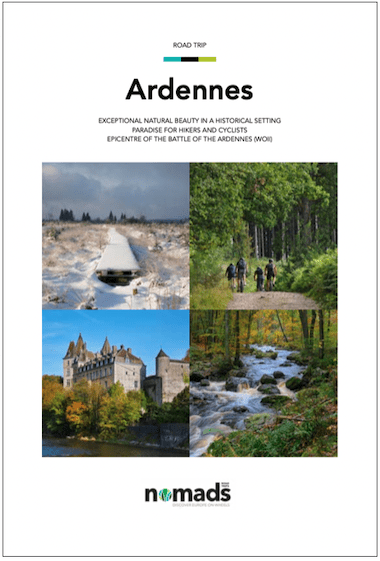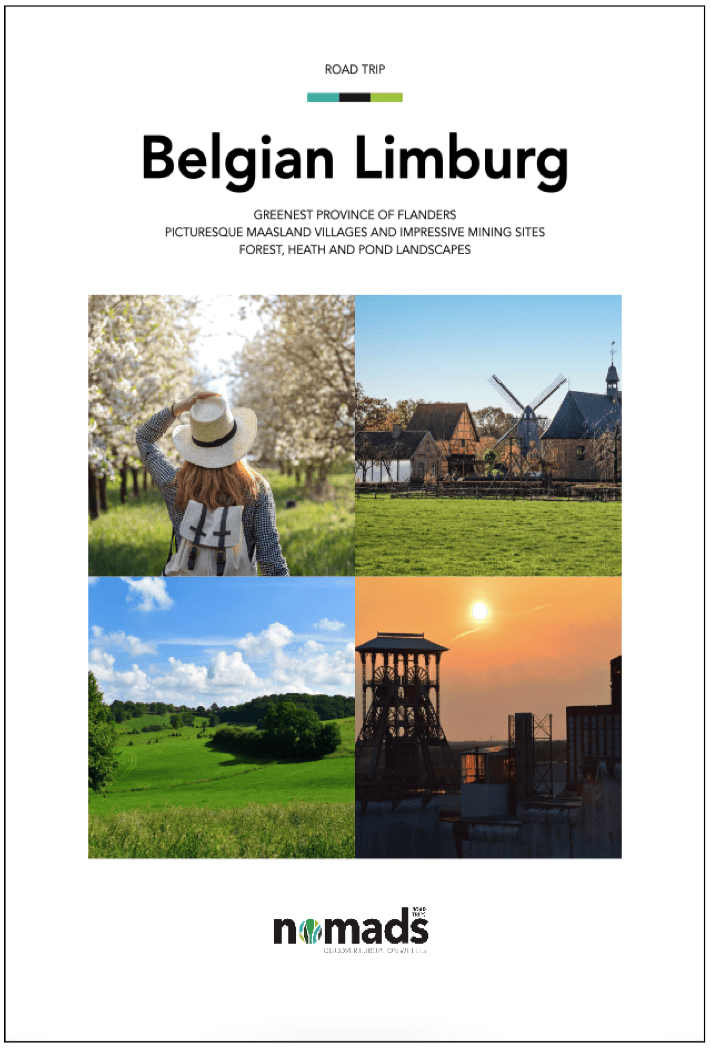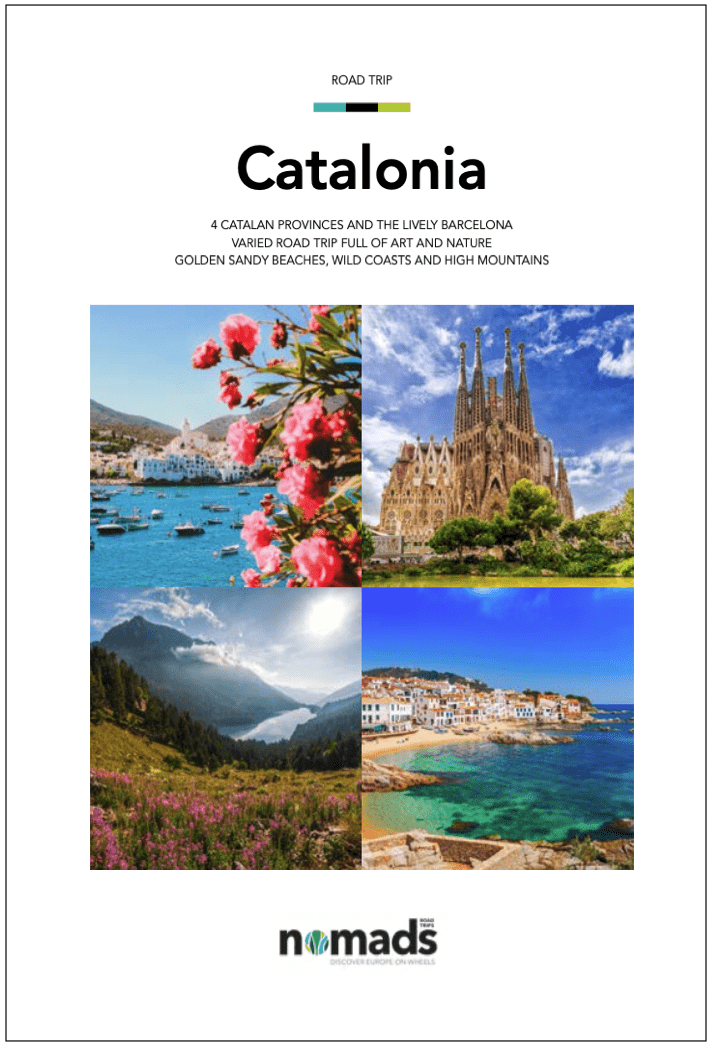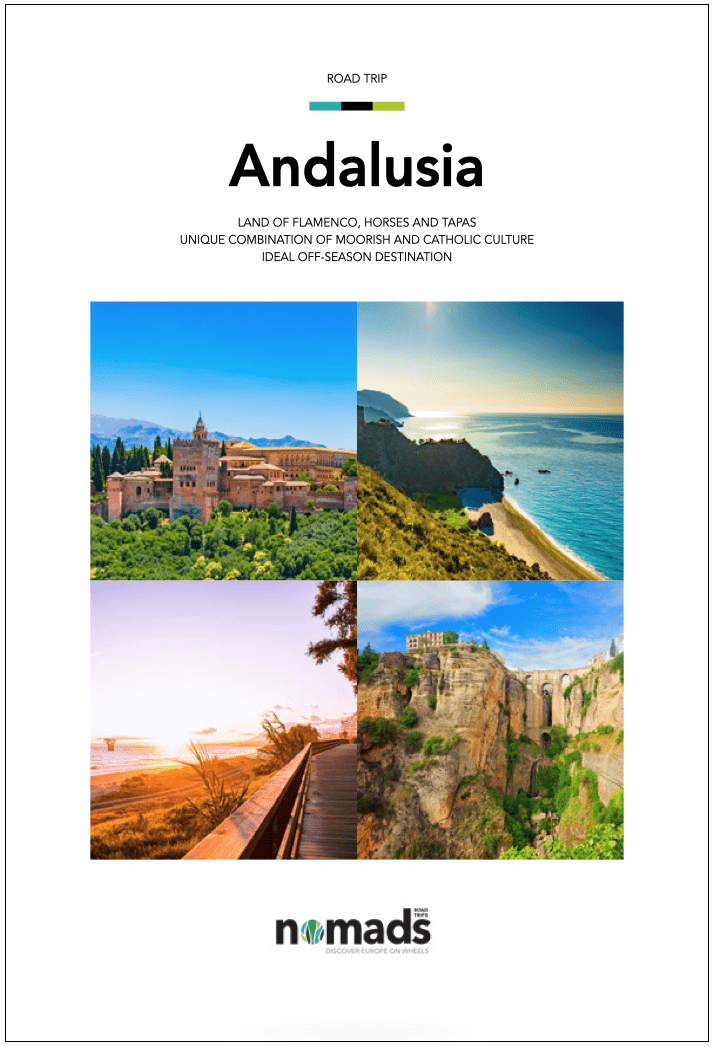
Andalusia
This 1093 km road trip through Andalusia starts in Granada, one of the region's most visited cities. From there, we travel through beautiful natural areas to the famous Pueblos Blancos. The authentic villages are hidden among the rocky hills. The road trip travels through challenging mountain landscapes, historic cities where Moorish and Catholic styles are intertwined, endless blue coastlines and beautiful natural parks that provide a nice change from the cities.
Highlights on this itinerary include Granada, Parque Nacional de Sierra Nevada and cities like Malaga, Cadiz, Seville and Cordoba.
- Perfect travel companion if you want to discover Andalusia by motorhome, car or motorbike
- Clearly organised into 5 stages with 38 places of interest, travel tips, 14 hiking routes, 13 cycling routes, local tourism services and places to stay (32 campsites and 17 motorhome sites)
- Available as PDF (travel guide 52 pages) in beautiful design, illustrated with inspiring texts and high-quality photography
- Includes interactive map for PC, tablet or smartphone so you have all information at hand on the road
- Includes GPX files so you can download the full route and all cycling and walking routes onto your GPS
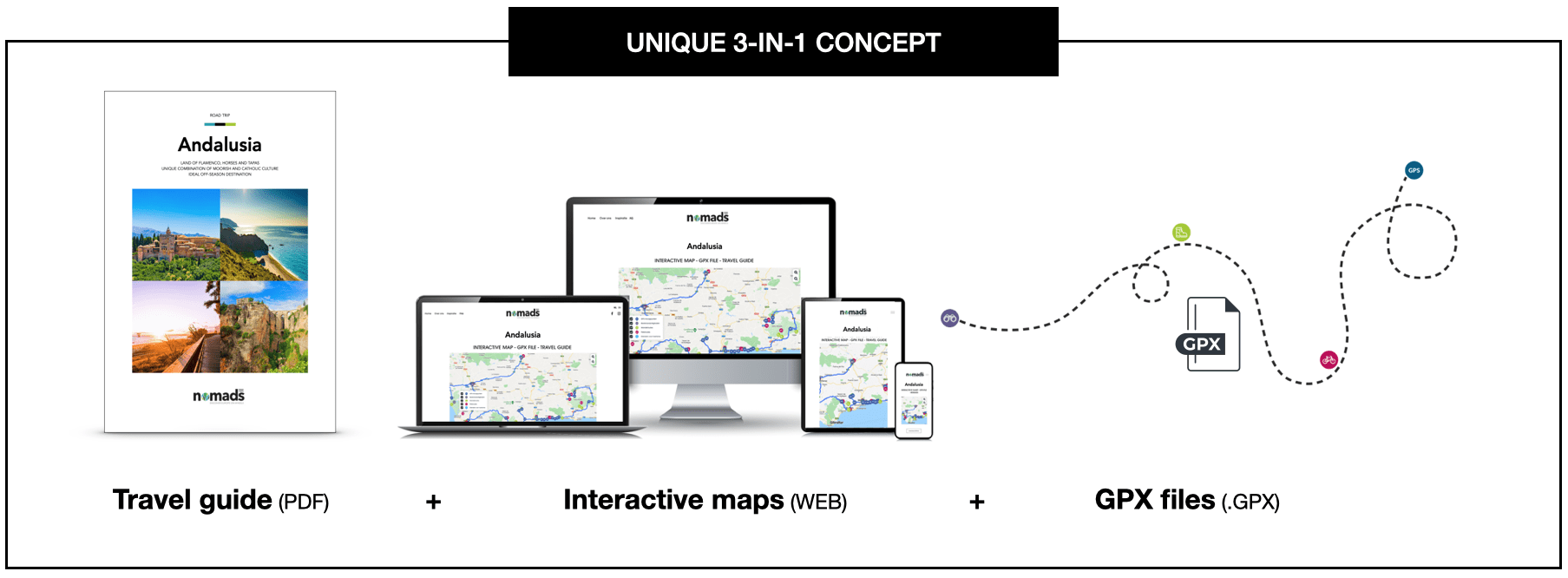
Some highlights on this road trip
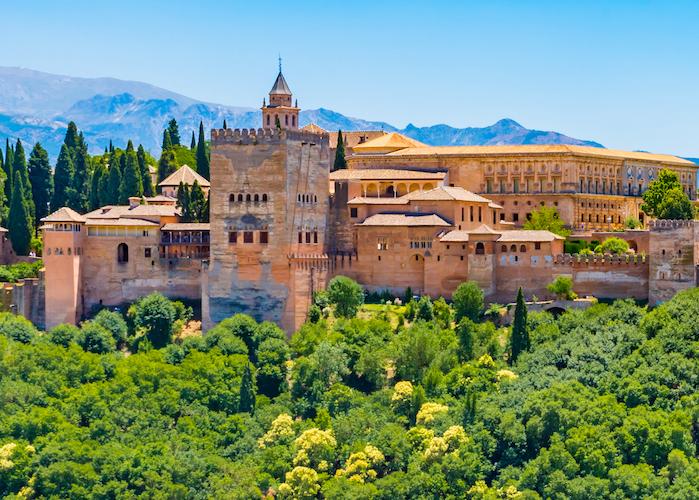
Granada - Nationaal Park Sierra Nevada
Our road trip through Andalusia starts in Granada. The city was the capital of the Nasrid kingdom, an Islamic dynasty (13th century). During the reign of Yusuf I, Granada experienced a cultural and scientific high point.
The most famous monument of Granada, and perhaps of all Spain, is the Alhambra. This Moorish palace and fortress complex is one of the most emblematic monuments of Islamic architecture in Spain. The complex consists of several palaces, towers, gardens and monuments. Unesco has limited the number of visitors per day to this World Heritage Site, so it is best to book in advance. Let yourself be carried away by the different districts of Granada such as Albaicín or Sacromonte, where you can admire the famous troglodyte houses or "cuevas". Of course, Granada's cathedral is an absolute must.
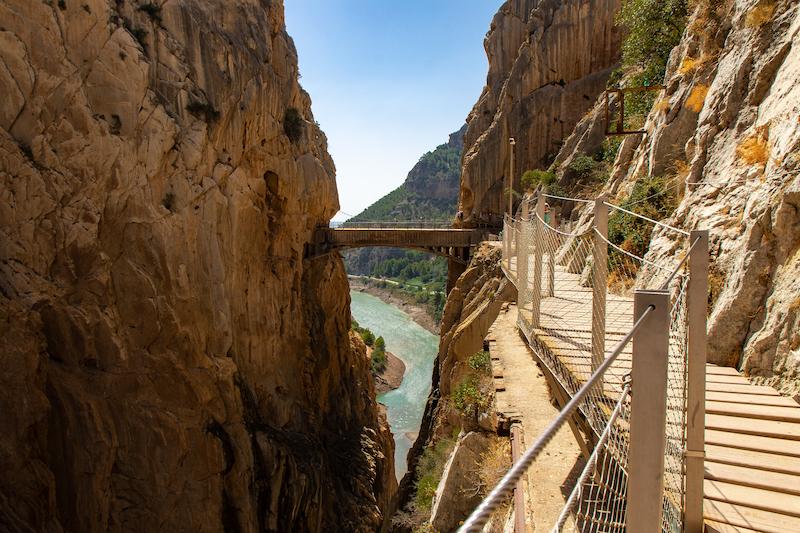
Málaga
After the national park, we drive towards the coast to Nerja. In Nerja, you can swim in beautiful bays with the bluest water you have ever seen. The view from the balcony of Europe is fanatic. On a clear day, you could see the African continent on the other side. The centre of Nerja has picturesque streets with shops and restaurants.
After Nerja, we head to elegant Málaga. More than 3,000 years of history have passed since Málaga was settled by the Phoenicians. Now Málaga is a beautiful, friendly and cosmopolitan city that enchants tourists from all over the world. It is a city of culture and, on top of that, a top beach destination. From Picasso to Russian art and impressive fortresses, you won't get bored in Málaga. The region of Málaga and nearby cities are known for their amazing beaches.
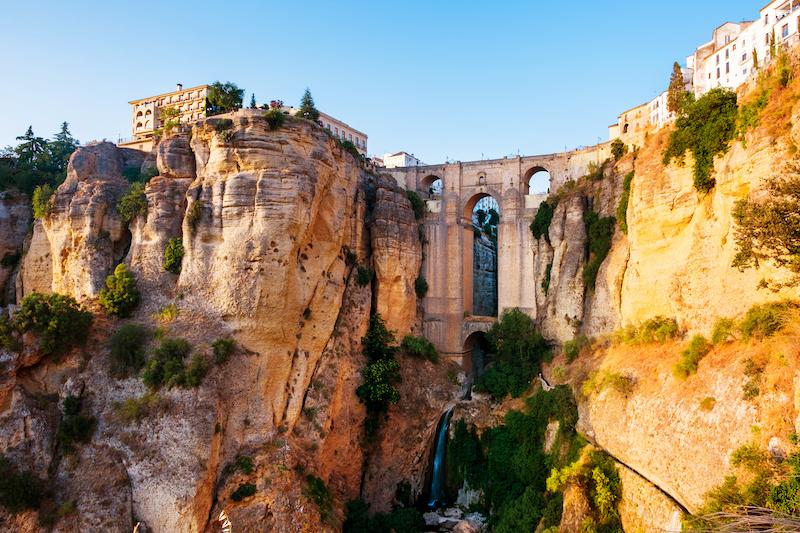
Málaga - Ronda
Trendy Marbella is the place to shop on the Costa del Sol. Originally a quiet fishing village, Marbella has grown over the years into a city with plenty to do. Andalusia is known for its pearly white villages, Los Pueblos Blancos.
Ronda is one of them and sits on a hill dominating the entire valley. It is certainly one of the most beautiful villages in the region, with stunning panoramas over the entire valley. Ronda, 'the split city' is divided in two by the river Guadalevin and is famous for the Puente Nuevo, the bridge connecting the two sides of the 100m-deep El Tajo Canyon. The bridge was built in 1793. Ronda is also known as the birthplace of (modern) bullfighting. The bullring is one of the oldest and most picturesque in the whole of Spain. Without a doubt a beautiful piece of architecture. Ronda lies between two special natural areas you can drive through: Cabo de Gata to the east and Coto Doñana to the west.
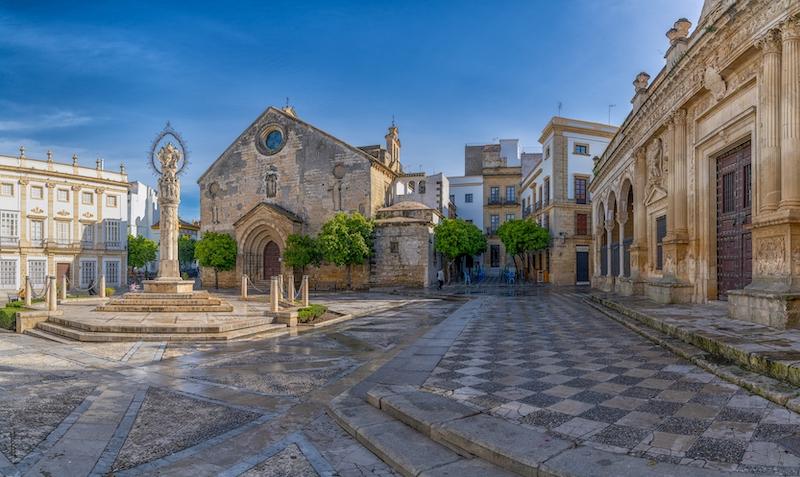
Jerez de la Frontera
The municipality of Jerez de la Frontera is the cradle of flamenco dance. In the documentation centre Centro Andaluz de Flamenco you can learn everything about this traditional dance by means of film material, archives, photographs and paintings. Jerez de la Frontera is also known for sherry and the famous Andalusian horses. For sherry you have to be in the Palacio Domecq. The baroque façade from the 18th century and the marble portal immediately catch the eye. The palace is owned by the Domecq family, who made their fortune with sherry wines. The surroundings of Jerez offer the right climate, the right soil and the right grapes for a good sherry. The ideal place to visit for a tasting. In Jerez de la Frontera, you will find the royal riding school of Andalusia: the Fundación Real Escuela Andaluza del Arte Ecuestre. Here, horses are trained according to the example of the Viennese Riding School and on some days you can attend the training of the horses. Once a week there is also a show of the famous Andalusian horses.
Cadiz is said to be the oldest city in Europe, its history dates back to the Phoenicians - 1100 B.C. Thanks to its strategic location, Cadiz experienced a very wealthy period, especially in the 17th and 18th centuries, which is also proven by the many palaces in this coastal city. To protect themselves, they built a fortress wall around the city, of which you can still see some original pieces. Cádiz has a clear division between the northern, oldest part and the modern part that is located centrally and south. The Puertas de Tierra literally forms the dividing line. Cadiz is generally a less touristic city, which does not mean that there is not a lot to see. On the charming Plaza de San Juan de Dios you will find the city hall and the church San Juan de Dios. The Roman theatre can be visited for free and from the bell tower of the Cathedral of Cadiz you have a beautiful view over the sea and the city. The Castle of San Sebastian and the Castle of Santa Catalina are both located by the sea and are well worth a visit. If the heat gets too much, you can dive into the water at La Caleta beach.

